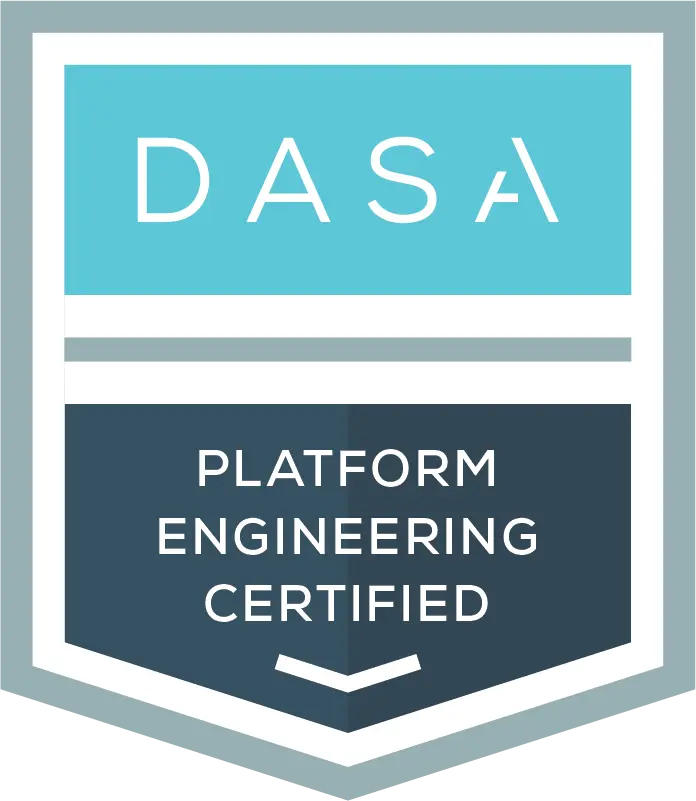Platform engineering stems from DevOps, which is about collaboration. It is about developer acceleration, where the whole objective is that Platform Engineering will create a fabric where developers can become autonomous.

Through the use of that fabric and close collaboration with development teams, we’ll be able to promote the continuous improvement of this platform, which means continuous improvement for our users and the products they’re building. For a platform to operate like this, we need to strongly focus on automation. A platform cannot work with a click on an interface; it’s not a ticketing system. A platform is a self-service interface or a self-service tool, and to achieve that, you need to focus on automation. And for automation to be successful, you need to think about everything as code.
The platform is a product that developers use to self-serve. You’re effectively enabling collaboration because they’re the interfaces across multiple domains. This also implies security and compliance are ensured. It needs to ensure that developer experience and development workflows are efficient. So, through the platform, you’re achieving a key DevOps objective: cross-functional collaboration. You are enabling the platform itself, where all can collaborate and work together.
While Platform Engineering and DevOps share goals, their metrics differ. Platform Engineering focuses on metrics like lead time to measure team velocity, aiming to accelerate time-to-value by getting code from the repository to production faster.


DASA Platform Engineering
DASA Platform Engineering certification program ensures all stakeholders become champions of Platform Engineering, clearly articulating its value. It enables teams to align the platform vision with organizational goals, treat the platform as a product, design an optimal developer experience, and maintain customer-centricity.

